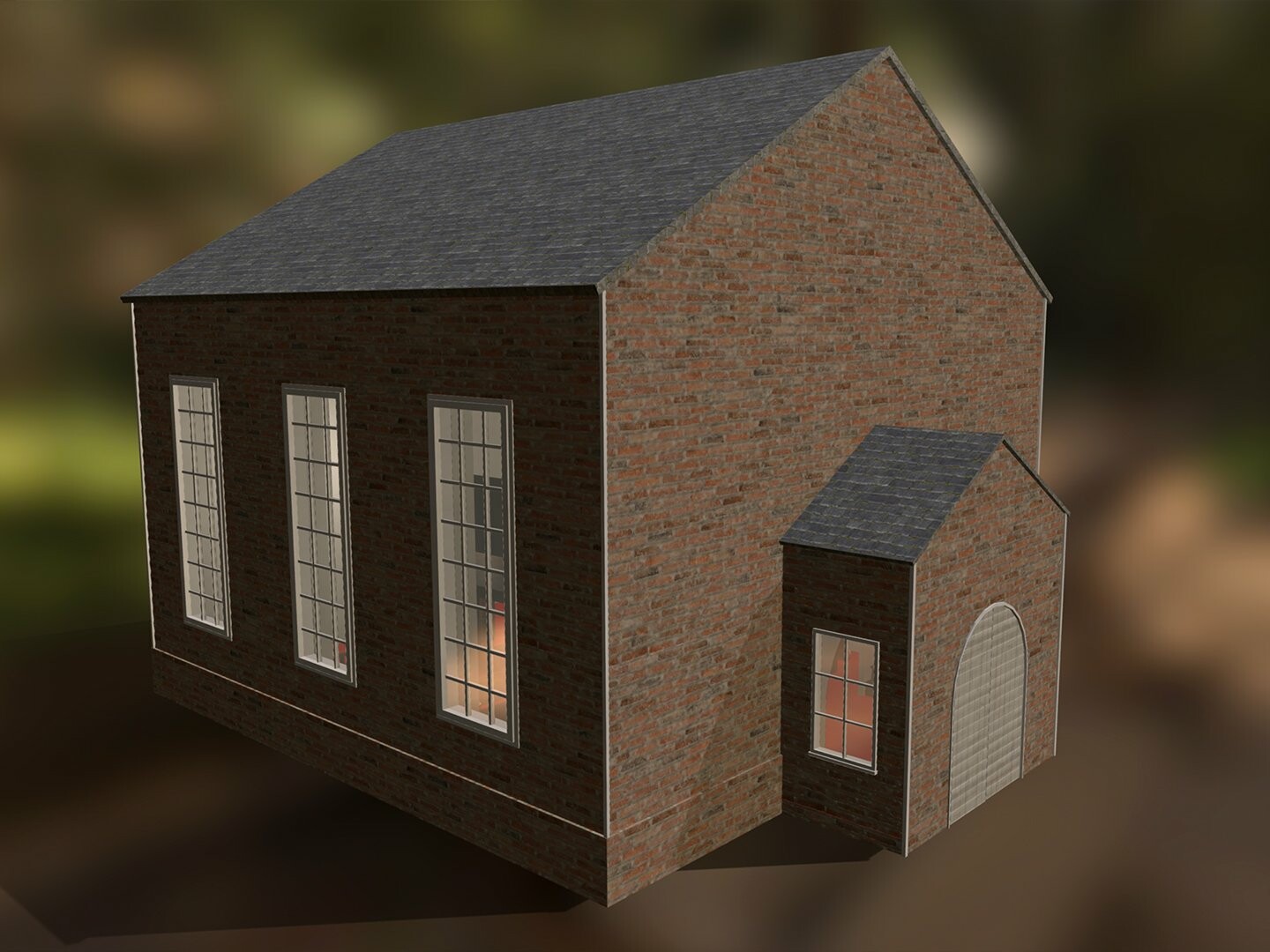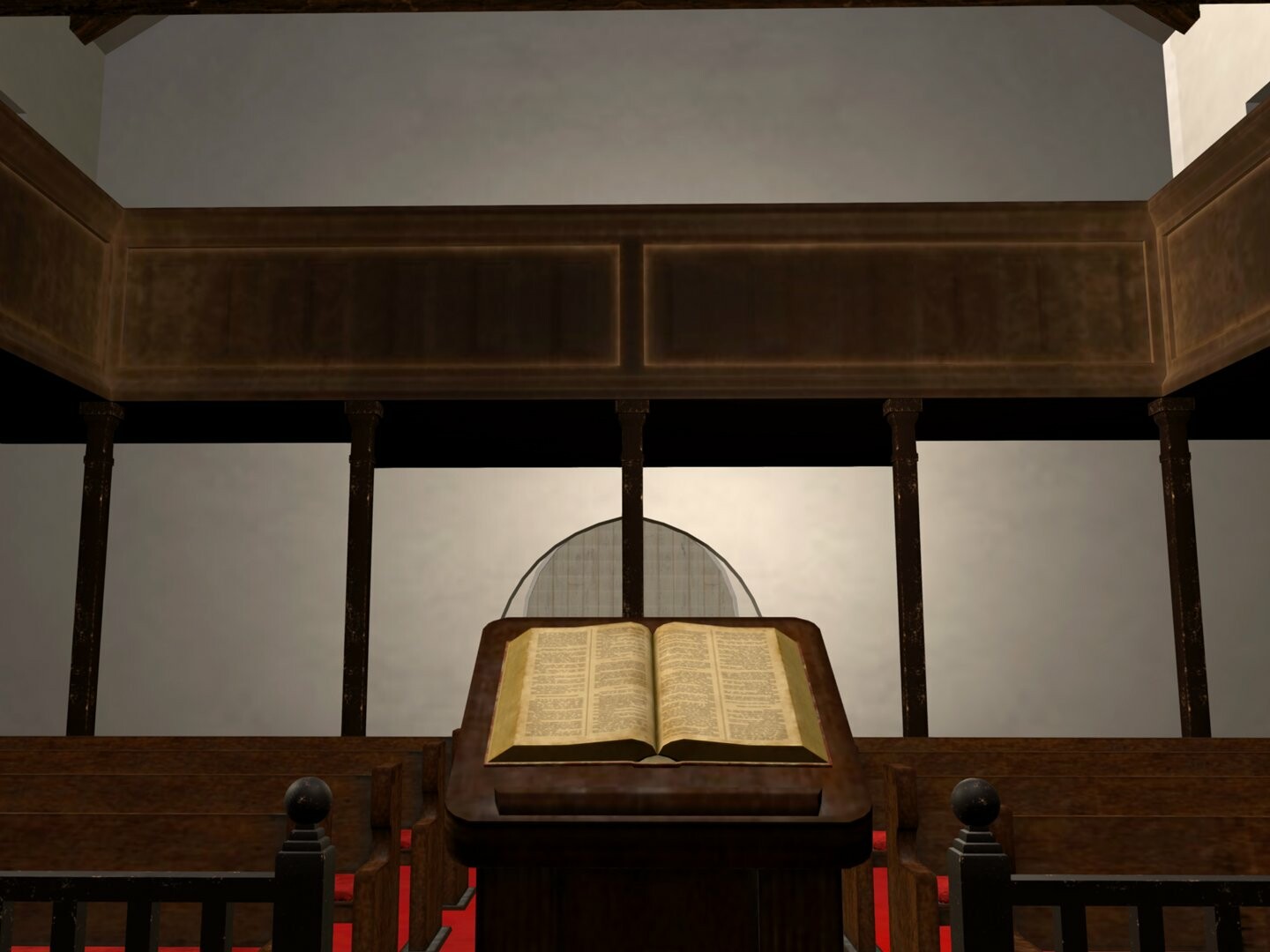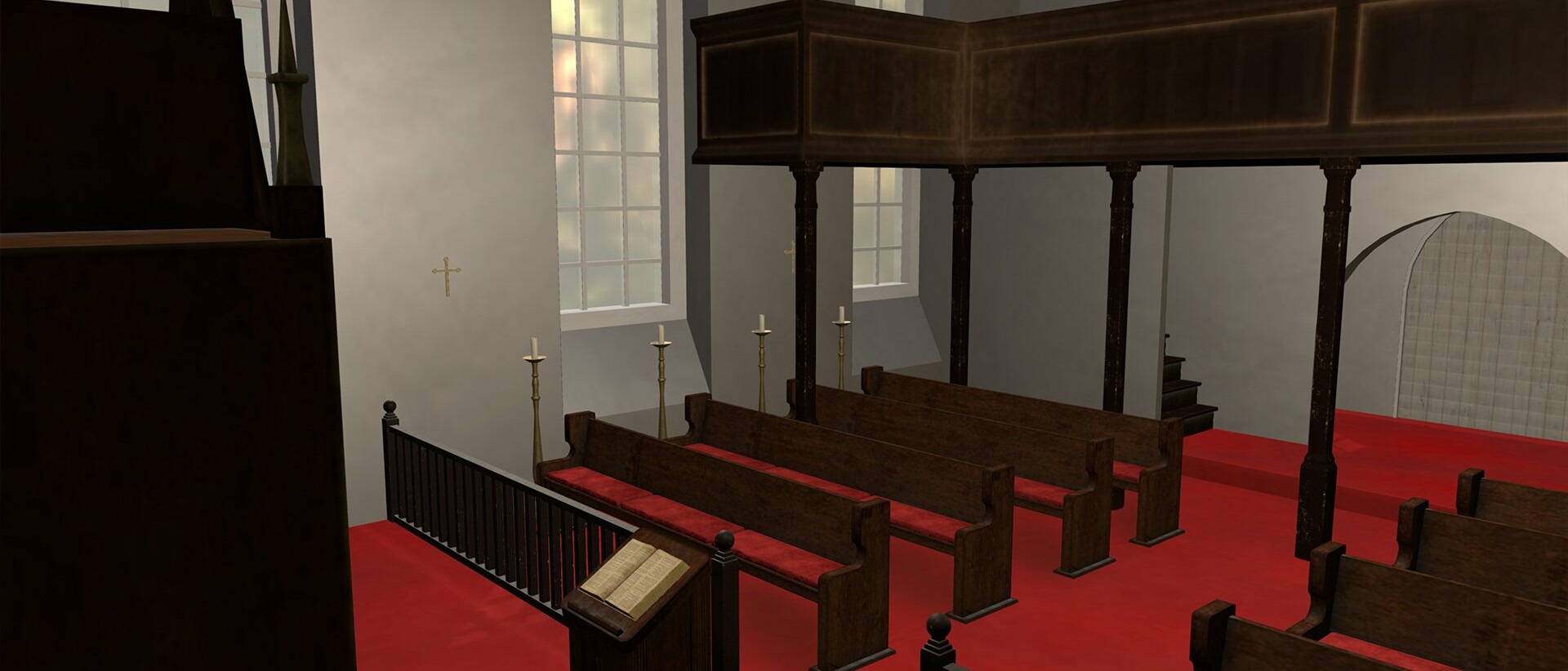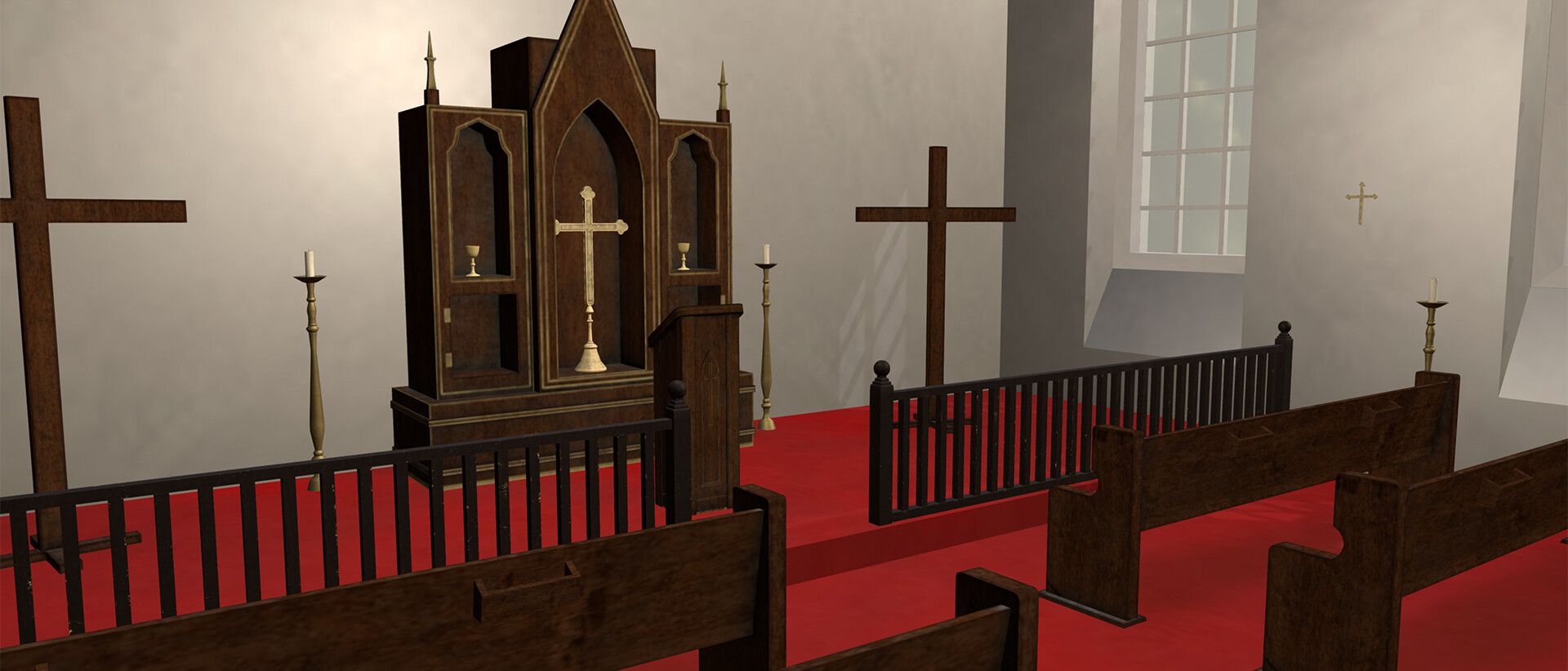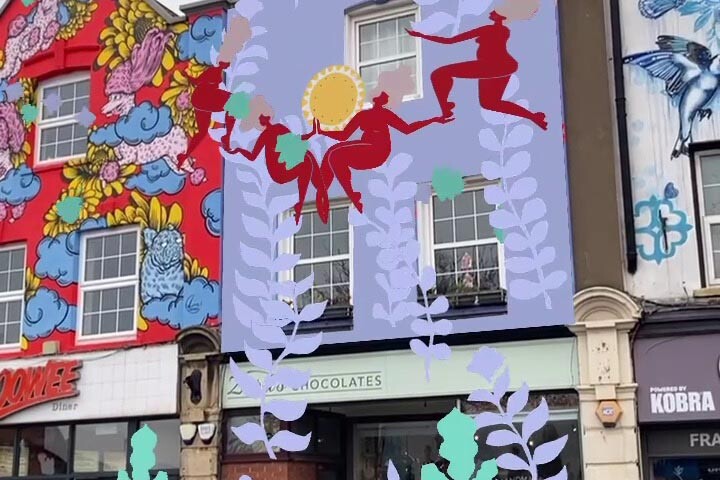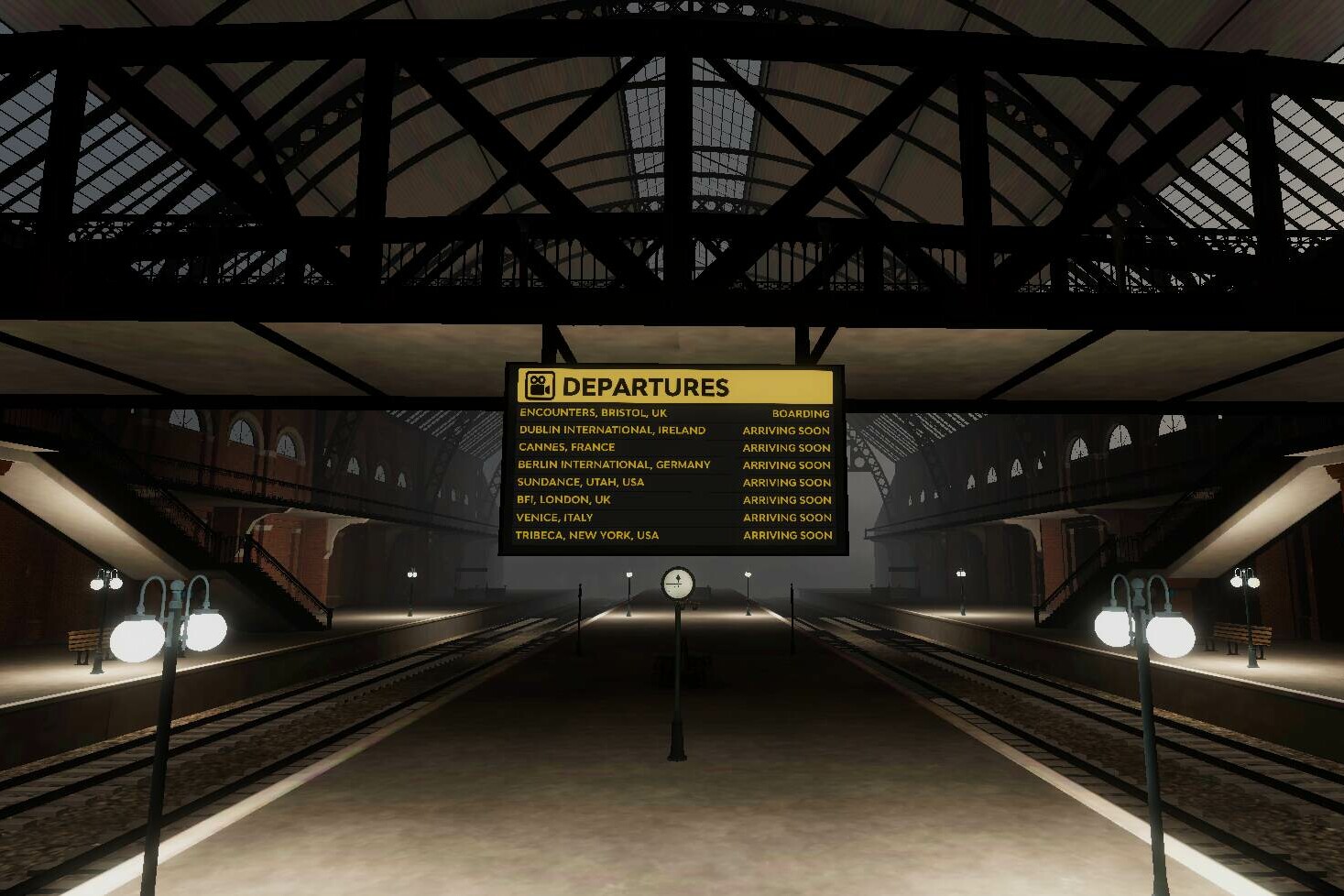We bring back lost buildings with AR
We bring back lost buildings AR
St James Church AR
We collaborated with the American Battlefield Trust to make an American Civil War AR experience which lets users rebuild St James Church at its original location.
Although the real church was destroyed long ago, our augmented reality Civil War experience allows visitors to see St James’ Church in realistic 3D and more authentically explore the site of the Battle of Brandy Station.
Try it yourself by following this link – at home, in a park, or at the battlefield.
150+
Years of History
18,456
Horsemen
21,456
Combatants
40ft
Squared
Partners
This augmented reality Civil War experience was funded by the American Battlefield Trust.
Special thanks to Dan Davis for acting as historian on this project.
Reimagining the Civil War through augmented reality
How can people engage with a building that doesn’t exist any more? How can people learn about important Civil War battles, when many of the battlefields and historic sites look vastly different than they did over 150 years ago?
The American Battlefield Trust are a non-profit, working to save America’s Battlefields. They preserve battlefield sites across America and educate the public about what happened at each location and why it matters.
One such site is Brandy Station Battlefield. Fought on June 9, 1863, this is an important battle and the largest predominantly cavalry engagement of the American Civil War. You can find out more about the Battle of Brandy Station and here.
We were approached to find a way for visitors to the battlefield to be able to see St James Church, which originally stood on the land and was the site of a major skirmish during the battle.
Today, visitors can walk a trail leading them around key locations from the battle. However, the original St James Church has long been demolished and there are few records of how it would have looked.
We thoroughly recommend ‘restoring’ lost buildings via augmented reality, and were keen to create an AR church to replace the destroyed real on and to give people insight into the location of this iconic battle.
Building a model of the historic St James Church
Initially we knew relatively little about St James Church, except that it was built using red brick. The interior was carpeted, the pews were cushioned and there was a wrap around gallery, but we had no record of the materials, textures of colours.
As it was destroyed during the Civil War, our lead 3D artist Joe modelled the AR church based on one surviving sketch of St James Church. Following directions from historian Dan Davis, Joe was able to determine the materials used to build the church and how its interior was likely laid out.
To fill in our knowledge gaps, we compared our model to other contemporaneous Episcopal churches, like Christ Episcopal Church in Brandy Station, VA, where the congregation moved after St James’ was destroyed. We were able to find likely examples of the altar, Bible and crucifixes to furnish the interior of our AR church model.
Throughout development it was important to keep the model at a low polygon count but still retain a high level of detail to ensure its optimisation for mobile devices. To achieve this a texture mapping technique known as normal mapping was used for faking the lighting of bumps and dents. This adds crucial high level details to the model without using more polygons.
Creating a 3D model of the Brandy Station Church came with its challenges; with limited historical information available about the church, research was carried out into similar buildings from that period in time across the United States.
Joe Grocott, Lead 3D Artist
Creating a 3D model of the Brandy Station Church came with its challenges; with limited historical information available about the church, research was carried out into similar buildings from that period in time across the United States.
Joe Grocott, Lead 3D Artist
How can you see our Civil War AR yourself?
We enjoyed the challenge of recreating St James Church and finding comparable churches which could give us clues as to how it would have looked to 19th century worshippers. It was a perfect opportunity for our artists to flex their creative muscles and we’re really pleased with the outcome. This is an easy to use and accessible Civil War AR experience which quickly and clearly conveys the historic church from outside and gives users the opportunity to explore inside – an experience which is impossible at the modern day site.
As you can see from the 3D model above, the result is a realistic AR church which shows users how St James Church likely looked. If someone is onsite or outside, they can use our Civil War AR experience to ‘place’ the 3D modelled church on the ground and then walk around the exterior before ‘passing through’ the door to explore inside. This is the only way to visualise how this long lost church would have looked in 3D.
However, at Zubr Curio we always try to make the most of the experiences we develop, and actively encourage our clients to utilise a range of platforms to share the 3D models and AR assets we create.
By deploying the 3D model of St James Church on Sketchfab as well through Instagram, the American Battlefield Trust have increased public access to the model. Having multiple ways to interact with and explore the AR church means people can enjoy this Civil War AR experience at home or in classrooms if school groups are studying the American Civil War, as well as at the original battlefield.
We are proud to have digitally restored this AR church. If you are interested in other AR restorations check out our Hidden Florence and Carrickfergus Castle projects, and if you’d like us to 3D model a historic ruin or create a heritage augmented reality experience contact us here.
We like decoding and disseminating complex information
Got some research or knowledge you want to share in an immersive and digestible way? AR filters aren’t just entertaining – they’re a quick and easy way to demonstrate processes or show changing scenarios. Let your audience take control of their learning by creating educational AR filters.
